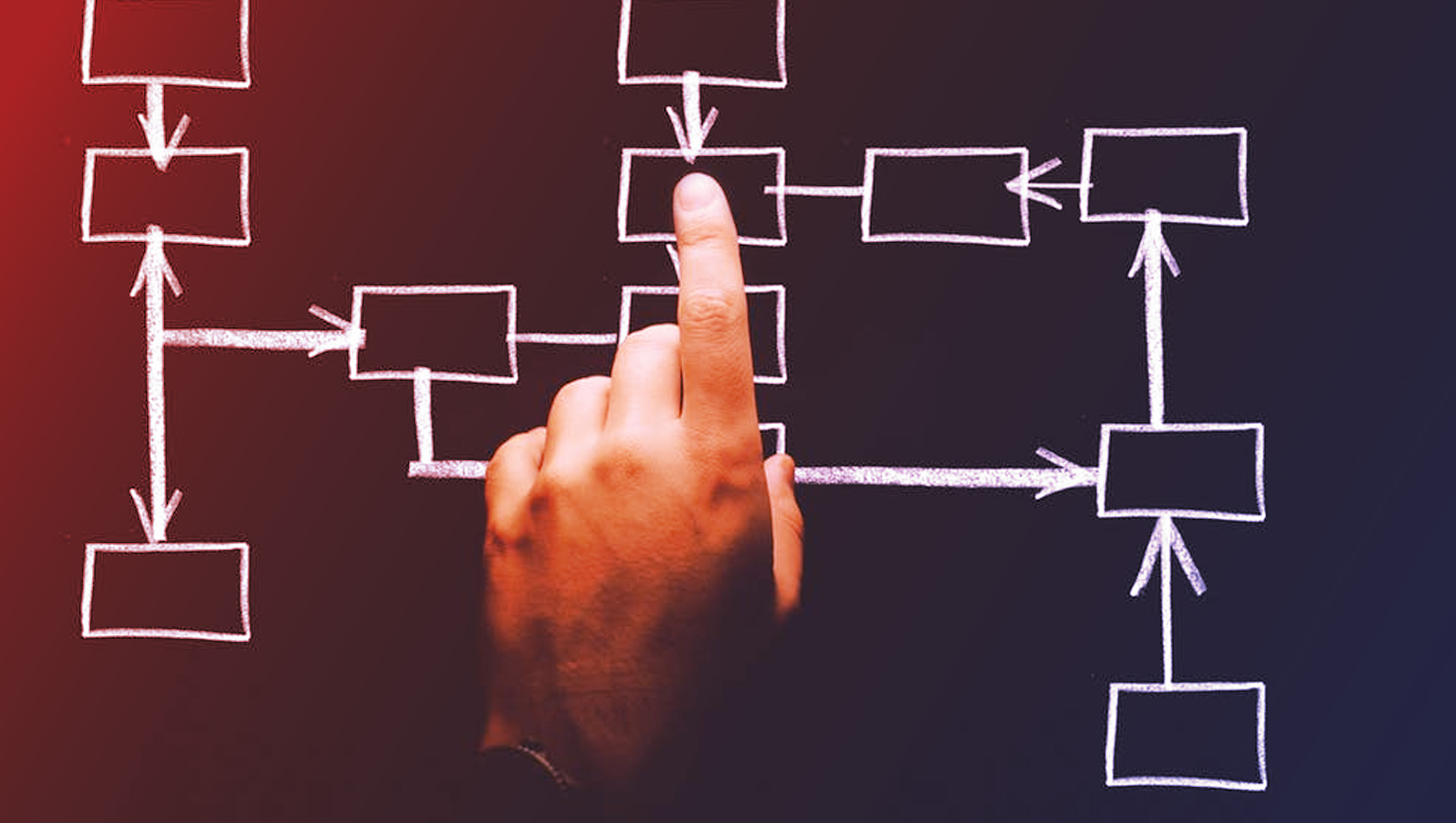 In the mobile app world, marketers spend just a fraction of their budgets on re-targeting. Over the next year, that spend will increase, especially for large brands that have already acquired large user bases.
In the mobile app world, marketers spend just a fraction of their budgets on re-targeting. Over the next year, that spend will increase, especially for large brands that have already acquired large user bases.
There is another change on the horizon. Today, mobile app marketers set aside different budgets for user acquisition and re-targeting campaigns and approach them as entirely separate initiatives. But whether you are investing in User Acquisition (UA) or re-targeting, there is only one benchmark that really matters: Customer Acquisition Costs (CAC).
In 2019, more marketers will realize the advantages of approaching these initiatives collectively and rethinking their pricing strategies. Here’s a closer at what is driving this trend, and how doing away with app marketing silos and embracing holistic pricing will benefit app marketers.
Read More: How Mobile Apps Are Revolutionizing the Future of E-Learning
Why Re-targeting Spending Will Increase
Marketing technology strategies obviously vary from app to app, but if we focus on top apps that have built recognizable brands, the main focus is no longer to acquire users — it is to convert their massive existing user base into customers.
This is in part because the overall growth of new mobile users is slowing. Half of the world’s population is already online. In 2017, there was virtually no growth at all when it came to smartphone shipments, according to Mary Meeker’s Internet Trends 2018 report.
As such, app developers are working to monetize the audience they have already built, and re-targeting budgets are increasing. Today, the typical app marketer spends an average of five to 7 percent of their overall marketing budget on re-targeting. By 2023, that investment will most likely hit 15 to 20 percent of the overall spend for top mobile app marketers.
That is still not a huge figure, but it relates to another significant change: Marketers challenging the Cost Per Install (CPI) model. Whether you are re-targeting lapsed users or new ones, it is not the app install that matters. You need users to become customers.
Read More: Mobile App Optimization Techniques That Work
Rethinking Pricing
It is important that app developers’ and their marketing partners’ objectives align. Right now, that is rarely the case. With CPI pricing, vendors are incentivized to deliver installs, but what good are installs if they are not converting to purchases, subscriptions or whatever other lower-funnel action the app developer actually cares about?
With today’s pricing approaches, app developers could be paying twice for the same user, whether they are working with a single partner or multiple ones for UA and re-targeting. Think about it: a vendor could charge you to acquire users who don’t convert, and then charge you again to serve those same users re-targeted ads. (Or you will pay some other company to re-target those same users.)
It is silly to be paying twice, especially if users don’t even convert. Marketers should hold their partners accountable for what does or doesn’t happen in the post-install world and expect them to deliver true customers—not just clicks and installs.
Read More: Machine Learning on the Mobile App Install Market — The Real Value of “Smart”
What’s the Point of Silos?
The ultimate goal of a UA and re-targeting campaign are the same, and thus, they are two sides of the same coin. After all, there is only one marketing funnel. When you think about it, it is strange that UA and re-targeting were siloed in the first place. They are not separated in desktop, mobile’s more mature cousin. Creating a more holistic approach to customer acquisition is an important step in the mobile industry’s evolution.
What benefits does separating re-targeting and UA even bring? As app developers contemplate this, they may question the need for specialist companies at all. Sure, UA and re-targeting require different strategies and ad creatives, but that alone doesn’t warrant specialty players. Since UA and re-targeting campaigns are both working toward the same goal — acquiring customers — there is no reason why they can’t happen under one “roof.” In fact, operating under one roof will drive a lot of benefits.
Read More: Amazon’s Customer Acquisition Metrics — Pros and Cons
Cost-Savings, Efficiency and More
In addition to reducing wasted spend, a holistic approach will also improve efficiency. By working with a single solution-provider rather than multiple vendors, app developers will reduce the number of touchpoints and streamline processes and communication. This will save time and drive efficiency. It will also make attribution more straight-forward and make it easier to optimize campaigns to improve overall campaign performance.
By taking a holistic approach to mobile marketing and focusing on its real purpose, customer acquisition — regardless of whether or not they are serving ads to a new user or an existing one — mobile app marketers will drive better results. Re-targeting may still account for a small percentage of mobile marketing spends, but if app developers treat it as part of a holistic customer acquisition strategy, they will drive significant improvements across their entire marketing program.
Read More: One of These 21 Personalization Tools Will Boost Your Sales












Comments are closed.